Dinosaurs Found in Japan
Since the discovery of a sauropodomorph fossil in Iwate Prefecture in 1978, dinosaur fossils have been found one after another in Japan. In recent years, Yamatosaurus (Hyogo Pref.) was described in 2021, Paralitherizinosaurus (Hokkaido) in 2022, Tyrannomimus (Fukui Pref.) in 2023, and Hypnovenator (Hyogo Pref.) and Sasayamagnomus (Hyogo Pref.) in 2024. The following is a list of dinosaurs found in Japan that have been given scientific names.
Dinosaurs Found in Japan
| Name | Scientific Name (Genus) | Excavation Site | Year Described | Classification |
|---|---|---|---|---|
| Nipponosaurus | Nipponosaurus | Sakhalin (former Japan, now Russia) | 1936 | Ornithopoda |
| Wakinosaurus | Wakinosaurus | Fukuoka Pref. (Sengoku Formation) | 1992 | Theropoda |
| Fukuiraptor | Fukuiraptor | Fukui Pref. (Tetori Group) | 2000 | Theropoda |
| Fukuisaurus | Fukuisaurus | Fukui Pref. (Tetori Group) | 2003 | Ornithopoda |
| Albalophosaurus | Albalophosaurus | Ishikawa Pref. (Tetori Group) | 2009 | Marginocephalia |
| Fukuititan | Fukuititan | Fukui Pref. (Tetori Group) | 2010 | Sauropodomorpha |
| Tambatitanis | Tambatitanis | Hyogo Pref. (Sasayama Group) | 2014 | Sauropodomorpha |
| Koshisaurus | Koshisaurus | Fukui Pref. (Tetori Group) | 2015 | Ornithopoda |
| Fukuivenator | Fukuivenator | Fukui Pref. (Tetori Group) | 2016 | Theropoda |
| Kamuysaurus | Kamuysaurus | Hokkaido (Yezo Group, Hakobuchi Formation) | 2019 | Ornithopoda |
| Yamatosaurus | Yamatosaurus | Hyogo Pref. (Kita-ama Formation) | 2021 | Ornithopoda |
| Paralitherizinosaurus | Paralitherizinosaurus | Hokkaido (Yezo Group, Osoushinai Formation) | 2022 | Theropoda |
| Tyrannomimus | Tyrannomimus | Fukui Pref. (Tetori Group) | 2023 | Theropoda |
| Hypnovenator | Hypnovenator | Hyogo Pref. (Sasayama Group) | 2024 | Theropoda |
| Sasayamagnomus | Sasayamagnomus | Hyogo Pref. (Sasayama Group) | 2024 | Marginocephalia |
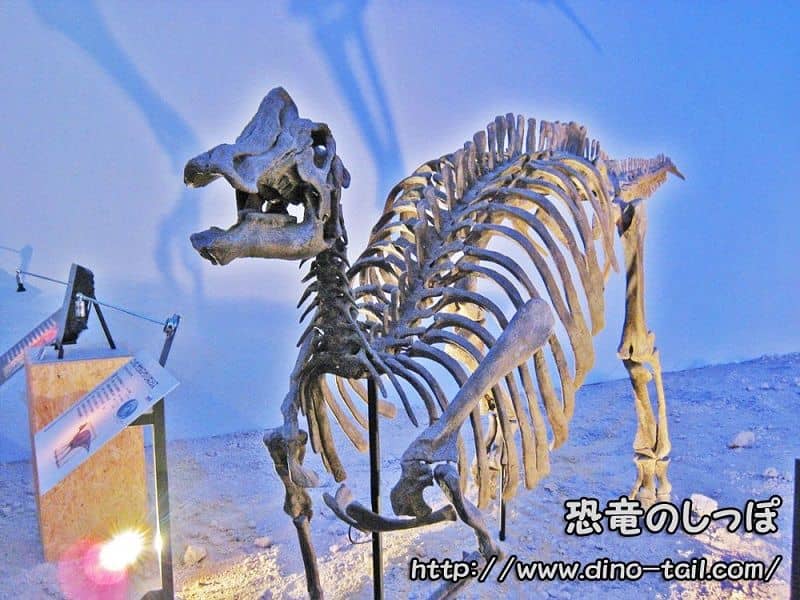
Since Sakhalin, where Nipponosaurus was discovered, is now Russian territory, there are 14 genera of dinosaurs given scientific names from within the current borders of Japan. (However, as of 2020, Wakinosaurus is considered a "nomen dubium," a scientific name of unknown or doubtful application under the International Code of Zoological Nomenclature.)
Dinosaurs of Katsuyama City, Fukui Prefecture
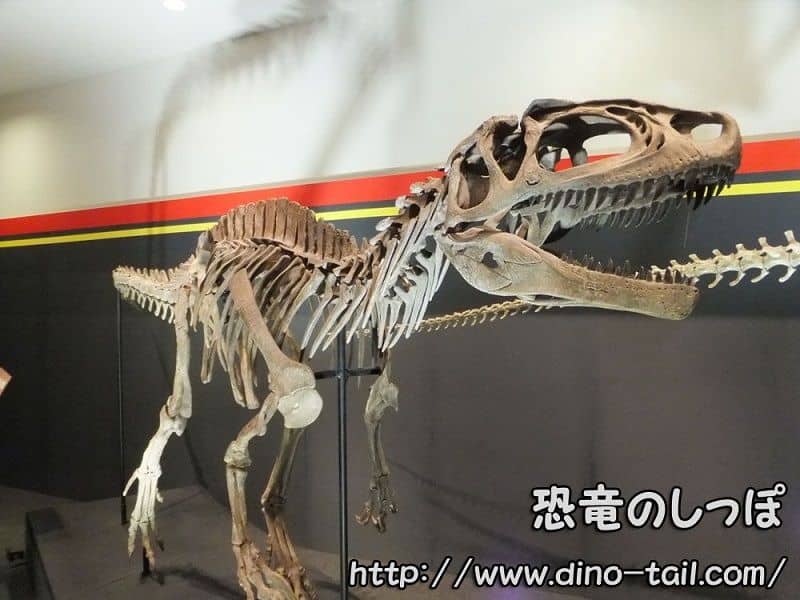
Katsuyama City in Fukui Prefecture is home to the Tetori Group, a Mesozoic geological formation where fossils of the theropod Fukuiraptor (femur), the ornithopod Fukuisaurus (skull), the sauropodomorph Fukuititan (humerus and femur), the iguanodontian Koshisaurus (maxilla, dorsal vertebrae, femur), the theropod Tyrannomimus (Deinocheiridae), and various other dinosaur fossils have been excavated. The area has become one of Japan's leading dinosaur excavation sites.
The city also hosts the Fukui Prefectural Dinosaur Museum (opened in 2000, with a new wing opened in 2023), which specializes in paleontology. It displays over 50 complete dinosaur skeletons and offers fossil research experiences for the general public.
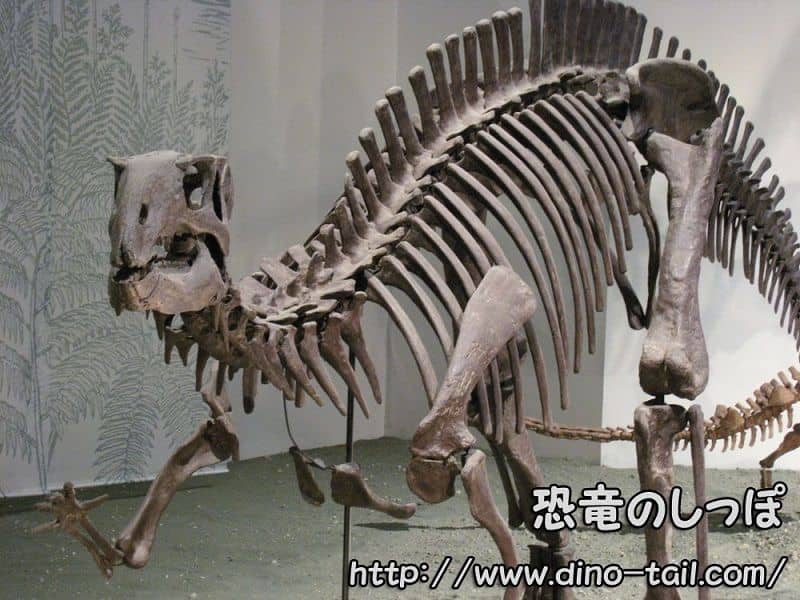
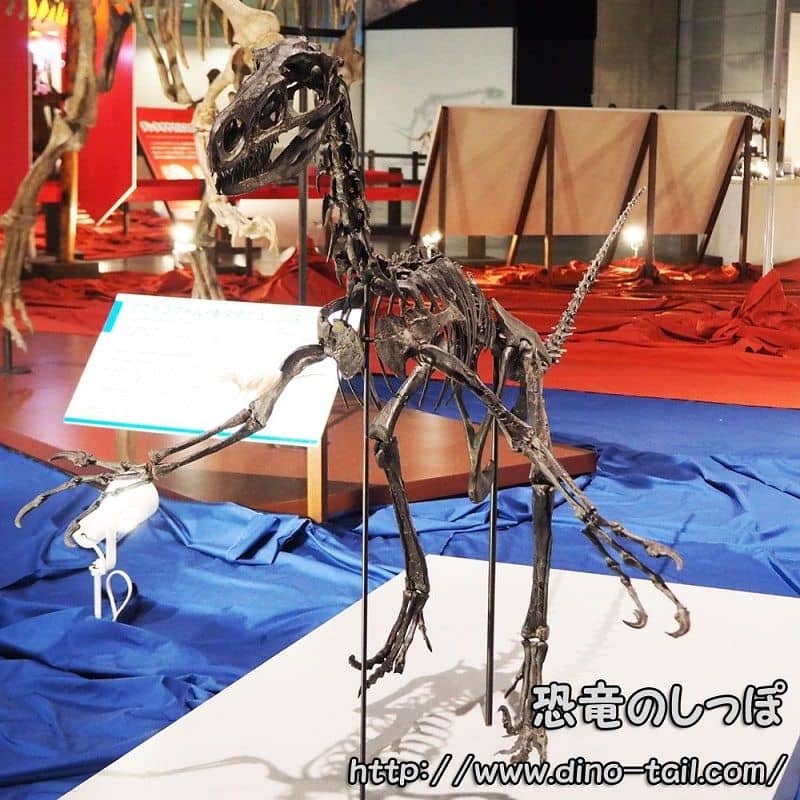
A unique dinosaur that combines features of both primitive and advanced theropods.
Tambatitanis (Tamba Dinosaur)
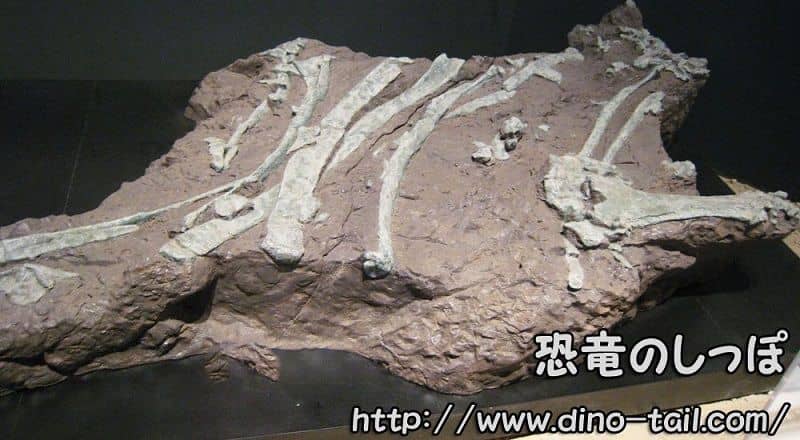
In 2006, a fossil of a large sauropodomorph, a titanosaurian from the Early Cretaceous (about 110 million years ago), was discovered in Tamba City, Hyogo Prefecture. It was about 15 meters long and is known by the nickname "Tamba-ryu" (Tamba Dinosaur).
In 2014, it was identified as a new genus and species and given the scientific name "Tambatitanis amicitiae." The genus name "Tamba" comes from the discovery site, Tamba, and "titanis" is derived from the female giants of Greek mythology.
In 2024, a fossil of a troodontid theropod discovered in the same formation was identified as a new genus and species and named "Hypnovenator matsubaraetoheorum." The genus name "Hypno" comes from the Greek word for "sleep," referring to the fact that the fossil was found in a sleeping posture, curled up like a bird. Also in 2024, a fossil discovered in the same formation between 2007 and 2008 was identified as a new genus and species of early ceratopsian, about 80cm long, and named "Sasayamagnomus saegusai."
Dinosaurs Found Throughout Japan
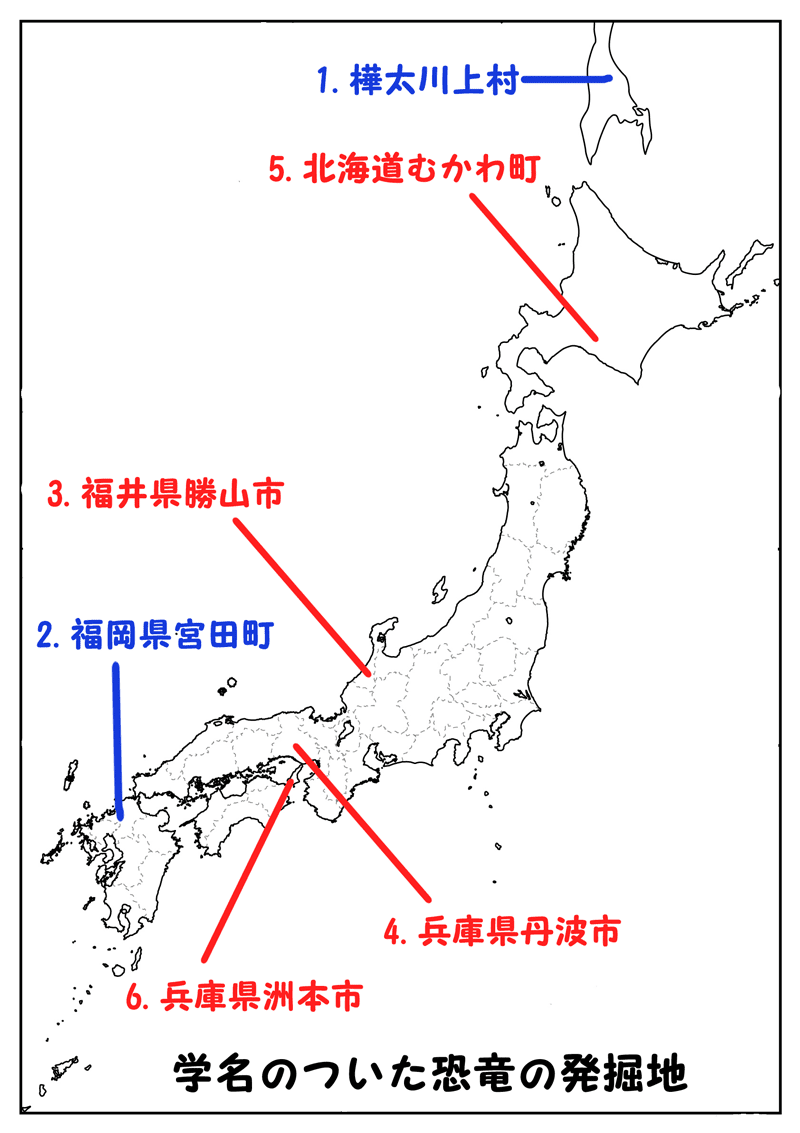
Since a part of a sauropod humerus, nicknamed Moshiryu, discovered in Iwaizumi, Iwate Prefecture, was made public in 1981, many dinosaur fossils whose scientific names have not been identified have been found throughout Japan. Dinosaur claws and teeth have also been discovered in places like Mifune in Kumamoto Prefecture, Takayama in Gifu Prefecture, and Kanna in Gunma Prefecture, but they have not been given scientific names. A braincase fossil of a therizinosaurid found in Mifune, Kumamoto Prefecture in 1998 has become valuable for research on dinosaur brains.
In 2011, a ceratopsian fossil from the Late Cretaceous (about 80 million years ago) was discovered in Satsumasendai, Kagoshima Prefecture, and in 2015, a tyrannosaurid tooth fossil was found in Nagasaki Prefecture, both becoming hot topics.
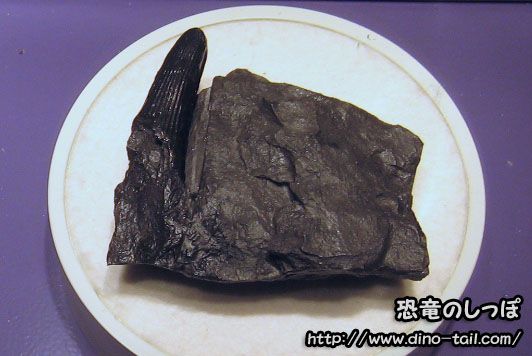
It is a tooth of a spinosaurid (theropod).
Dinosaur Egg Fossils Too
In 1965, 12 egg fossil fragments were collected from the Shimonoseki Subgroup of the Kanmon Group, an Early Cretaceous formation (about 120-100 million years ago) in Shimonoseki, Yamaguchi Prefecture. The thickness was 3.7mm, and the egg diameter is estimated to be about 10cm. Similar egg fossils have been found in Zhejiang Province, China, and Hwaseong, Gyeonggi Province, South Korea, suggesting that the same species of dinosaur inhabited a wide area of East Asia. In 2020, it was determined to be a new species due to crack-like cavities within the eggshell and its greater thickness compared to the Chinese specimens.
This egg has been given the scientific name "Multifissoolithus shimonosekiensis," meaning "split egg-stone of Shimonoseki."
Slideshow of Dinosaur Fossils Excavated in Japan
Here is a slideshow (4 minutes 51 seconds) of photos of dinosaur fossils excavated in Japan.

Nipponosaurus, Fukuiraptor, Fukuisaurus, Tambatitanis, Koshisaurus, Fukuivenator, Kamuysaurus, Moshiryu (no scientific name), Tobaryu (no scientific name)
